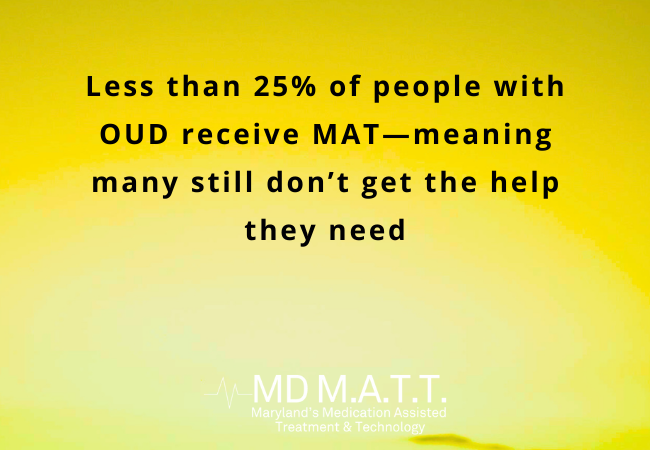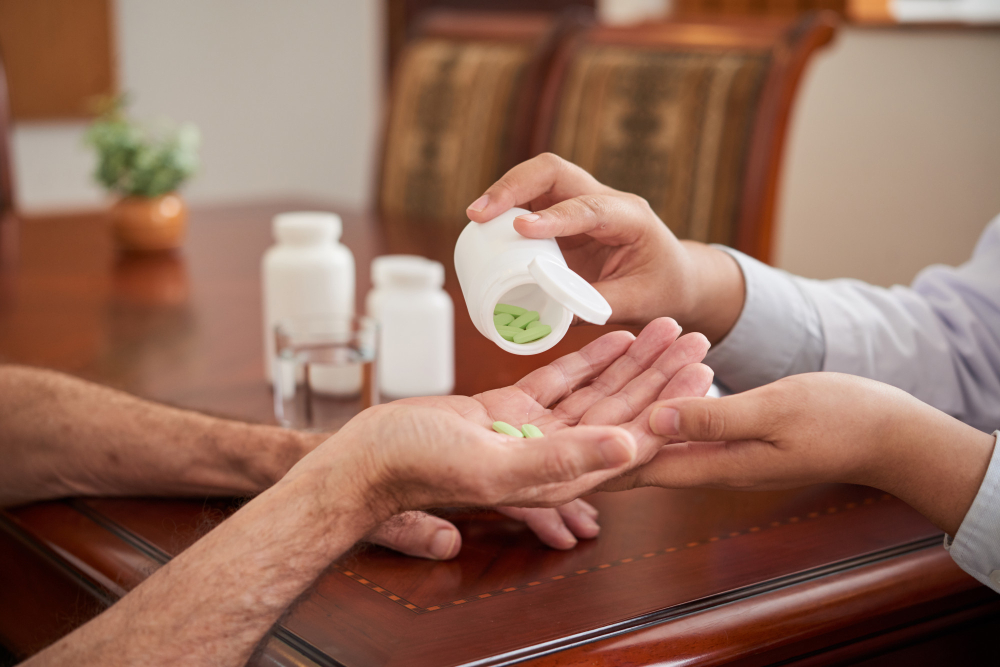Walking into a Suboxone treatment clinic for the first time can feel intimidating. You may not know what to expect, how you’ll be treated, or whether you’ll be judged. At MD M.A.T.T., we want to eliminate those fears from the moment you walk through our doors.
As a trusted Medication-Assisted Treatment Center in Maryland, our goal is to create a welcoming, respectful, and compassionate environment where you feel safe, supported, and ready to begin your journey toward recovery. In this guide, we’ll walk you through exactly what happens during your first visit to our Suboxone Treatment Clinic in Maryland, so you can approach treatment with confidence and clarity.
Why Choose Suboxone for Opioid Addiction Recovery?
Suboxone has transformed how opioid addiction is treated across the U.S. This FDA-approved medication contains:
- Buprenorphine – A partial opioid agonist that helps reduce withdrawal symptoms and drug cravings.
- Naloxone – An opioid antagonist that blocks the euphoric effects of opioids and helps prevent misuse.
Used as part of Medication-Assisted Treatment (MAT), Suboxone helps patients stabilize physically and emotionally, allowing them to fully engage in recovery.
At our Medication-Assisted Treatment Center in Maryland, Suboxone is administered in combination with therapy, behavioral support, and individualized care—giving you a well-rounded, evidence-based path to healing.
Preparing for Your First Appointment
Your first visit to MD M.A.T.T. is about setting the foundation for long-term recovery. Here’s how you can prepare:
What to Bring:
- A valid photo ID
- Insurance information (if applicable)
- A list of current medications
- Details about your substance use history
- Any prior treatment records (if available)
What to Expect Emotionally:
We know this can be overwhelming. You’re not alone—and you’ll be treated with compassion, dignity, and respect every step of the way.
Step-by-Step: What Happens During Your First Visit
1. Comprehensive Intake Assessment
Your journey begins with a private, in-depth intake interview with one of our experienced clinicians. We’ll discuss:
- Your medical and mental health history
- The timeline and severity of your opioid use
- Any past treatment attempts or relapses
- Co-occurring disorders like depression, anxiety, or PTSD
This isn’t just paperwork—it’s a conversation designed to get to know you, your struggles, and your goals so we can build the right treatment plan from day one.
2. Physical Exam and Lab Work
Next, you’ll meet with a medical provider for a basic physical examination. Lab tests may be conducted to:
- Check liver function, which is important before starting Suboxone
- Assess any co-occurring health issues
- Complete a urine drug screen to determine current substance use
These tests allow us to safely and accurately administer Suboxone, minimizing any risk of complications.
3. Suboxone Induction Process
If you are in mild to moderate opioid withdrawal and meet clinical criteria, we’ll begin your Suboxone induction the same day.
Here’s how it works:
- A low dose is administered under supervision.
- You’ll be monitored closely over several hours.
- If symptoms improve without adverse effects, your dose may be increased slightly.
- You’ll receive education about side effects, dosing, and proper medication use.
This step is often life-changing—many patients experience rapid relief from withdrawal and begin to feel physically stable within a few hours.

4. Introduction to Therapy and Behavioral Health Services
Medication is a powerful tool—but recovery requires more than just a pill. That’s why your first visit also includes an orientation to our full Addiction Treatment Services in Maryland, which may include:
- Individual therapy sessions
- Group counseling and peer support groups
- Trauma-informed care and dual diagnosis treatment
- Family therapy and relationship repair
- Relapse prevention and life skills coaching
You’ll leave your first visit knowing exactly what support resources are available to help you build not just sobriety—but a fulfilling life in recovery.
5. Creating Your Ongoing Treatment Plan
Before you leave, you’ll work with your care team to create a clear and realistic treatment plan, which includes:
- Your daily or weekly Suboxone dosage
- A therapy schedule that fits your lifestyle
- Regular follow-up appointments
- Optional telehealth services for flexibility
- Access to emergency support and crisis lines
This personalized roadmap ensures you never feel lost or unsupported on your journey.
How Long Does the First Visit Take?
Expect your initial appointment to last 60–90 minutes. If you begin Suboxone induction that day, you may be asked to stay longer for observation and follow-up evaluation.
What Sets MD M.A.T.T. Apart?
We are more than just a clinic—we are your partner in recovery. Patients choose MD M.A.T.T. because we offer:
- Same-day Suboxone starts (when clinically appropriate)
- Telehealth appointments for therapy and follow-ups
- Trauma-informed and LGBTQ+ inclusive care
- Insurance-friendly and self-pay options
- A judgment-free zone rooted in compassion and science
Our Medication-Assisted Treatment Center in Maryland is committed to meeting you where you are—and walking with you toward where you want to be.
Conclusion
Your first visit to a Suboxone treatment clinic is about more than medication—it’s about hope, healing, and taking back control. At MD M.A.T.T., we are ready to guide you every step of the way with personalized care, evidence-based treatment, and unconditional support.
Call us today at 410.364.8194 to schedule your confidential first appointment. Start your recovery at Maryland’s trusted Suboxone clinic and reclaim your life—one step at a time.
Common Questions About Your First Suboxone Visit
Do I need to be in withdrawal to start Suboxone?
Yes. You must be in mild to moderate withdrawal before taking your first dose to avoid precipitated withdrawal, which can worsen symptoms.
Is the first dose safe?
Absolutely. Suboxone is administered under medical supervision at our Suboxone Treatment Clinic in Maryland and is dosed carefully to avoid complications.
What happens after the first visit?
You’ll return for follow-up visits to adjust your medication and attend counseling sessions. Over time, you’ll move from stabilization to sustained maintenance and eventually tapering, if appropriate.



